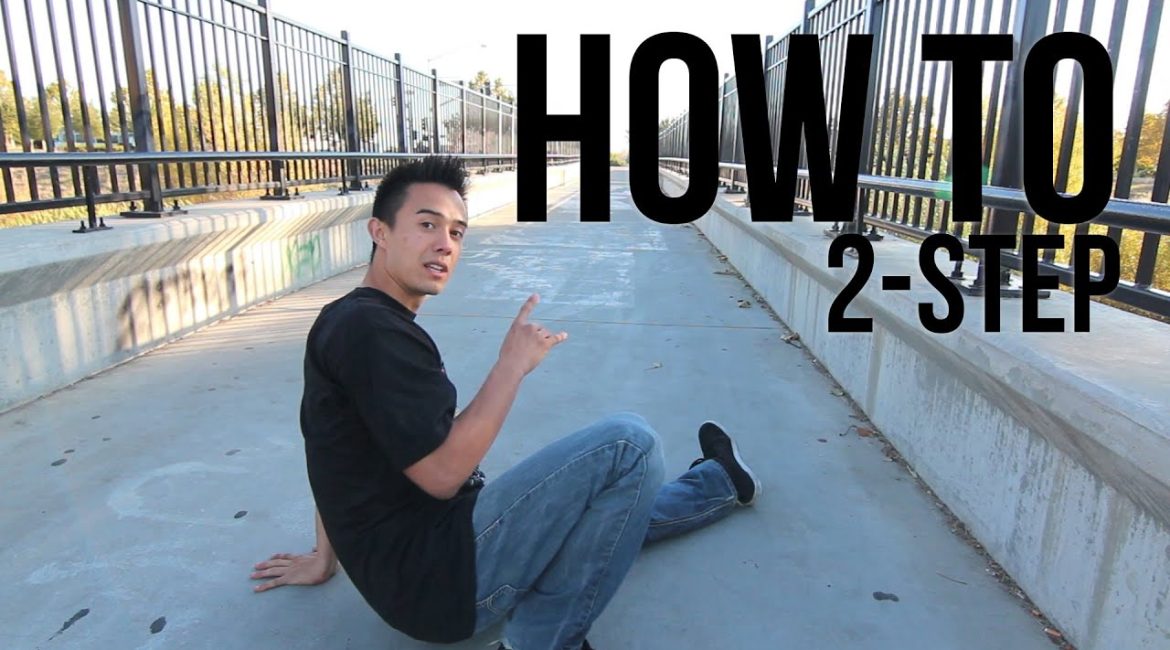Breakdancing, a crucial element of Hip Hop culture, has evolved over decades into a complex art form filled with impressive moves and rhythmic agility. One foundational move that every aspiring breaker needs to master is the 2 Step. Known for its practicality in battle and its role as a bridge in many dance sequences, the 2 Step is both fundamental and versatile. This blog post will guide you through mastering the 2 Step, ensuring you understand its mechanics, technique, and applications in the broader context of breakdancing.
Understanding the 2 Step
The 2 Step is a basic yet essential footwork pattern in breakdancing that involves a rhythmic, ground-level movement similar to the coffee grinder but with distinct transitions and weight shifts. It serves as a foundational step that can be elaborated upon or simplified, fitting seamlessly into various dancing styles within Hip Hop.
Learning the Basic Movements
The 2 Step revolves around two main actions — the swing and the switch. Mastering these two components is crucial to performing the step correctly and fluidly.
Step 1: The Setup
- Starting Position: Begin in a neutral standing position. If you prefer to move counterclockwise, your right foot will lead. If clockwise, your left foot leads.
- Initial Movement: Start with what resembles a coffee grinder motion. Extend your leading leg (right for counterclockwise, left for clockwise) and sweep it around in a wide arc close to the ground.
Step 2: The Swing
- Hand Placement: As your foot sweeps around, place your opposite hand (left hand if using right foot and vice versa) on the ground to support your body weight.
- Jumping Transition: When your sweeping foot comes around to complete the circle, perform a light jump, shifting your weight onto the foot that was leading the sweep. This jump is crucial for initiating the switch.
Step 3: The Switch
- Mid-air Adjustment: In the brief moment you are in the air, prepare to switch your feet’s positions. The foot that was static becomes the new sweeping foot.
- Landing: Ensure you land lightly on your toes, allowing for a springy, responsive continuation of movement. This soft landing is essential to maintain the rhythm and flow needed for repetitive cycles.
Common Mistakes and How to Fix Them
- Heavy Landings: Landing too heavily can disrupt the flow and make the movement appear clumsy.
- Solution: Practice landing softly on your toes, using your legs’ natural springiness to cushion the impact.
- Inconsistent Speed: Varying speeds can make the 2 Step look erratic and uncontrolled.
- Solution: Use a metronome or practice with music to keep your movements consistent and rhythmic.
- Lack of Fluidity: Stiff movements can hinder the smooth aesthetic that breakdancing demands.
- Solution: Relax your body and practice the motion slowly, gradually increasing speed as you become more comfortable.
Drills and Practice Tips
- Repetition: Practice the 2 Step in sets of eight counts, focusing on maintaining a steady rhythm and smooth transitions.
- Mirror Practice: Use a mirror to observe and correct your form. This can help you identify and adjust awkward movements.
- Video Feedback: Recording your practice sessions allows you to review your progress and identify areas needing improvement.
Integrating the 2 Step into Your Dance Routine
Once you have mastered the basic 2 Step, you can begin to incorporate it into your dance routines. Use it as a transitional step between more complex moves, or as a rhythm-keeping technique to engage your audience and judges in battles.
Conclusion
The 2 Step is more than just a basic footwork pattern; it is a fundamental skill that every breakdancer should master. It lays the groundwork for more advanced techniques and helps dancers maintain rhythm and control in their performances. Remember, the key to mastering breakdancing moves is patience, practice, and persistence. Keep training, stay inspired by the rich culture of Hip Hop, and push your limits to keep the art form alive and thriving. As you develop your skills, always look for ways to add your unique flair to your moves and make them your own.


Leave a reply